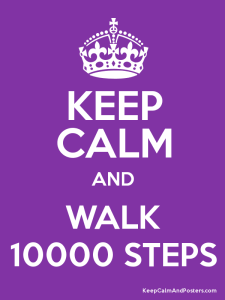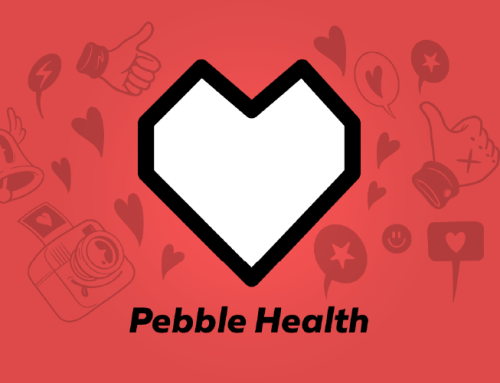 We have all heard of a pedometer – a simple step counting device. Pedometers were first envisioned by Leonardo da Vinci, and first put to use in the 1700s.
We have all heard of a pedometer – a simple step counting device. Pedometers were first envisioned by Leonardo da Vinci, and first put to use in the 1700s.
And if you have heard about pedometers you have likely also heard of the 10,000 steps per day goal. The concept for this goal came from a Japanese researcher who promoted pedometers as “manpo-kei,” translated literally to “10,000 steps meter”. It was believed that 10,000 steps per day provided the right amount of physical activity to maintain health.
To date, despite the vast amount of physical activity research and insight into development of personalized goal setting, this 10,000 steps goal remains a default. In fact, when I signed up for my Fitbit account, the default goal is set to 10,000 steps per day.
The question is; Are we all the same when it comes to health, physical capabilities and goals? Absolutely not. Then why are we all OK with this default goal?
Do we try to squeeze ourselves into clothes that are way too small, or walk around in clothes that are way too big? No. We attempt to find a good fit.
Physical activity goals should be a good fit too. For an individual living with chronic disease, taking an average of 2000 steps per day, recommending 10,000 steps is unrealistic. Similarly, to recommend 10,000 steps to someone who runs 20km daily is ineffective.
Granted, the majority of us need to do more physical activity, and this goal might be a good fit for some people. Yet research tells us that people are more likely to be  successful in attaining goals if the goals are targeted (personalized), specific and attainable.
successful in attaining goals if the goals are targeted (personalized), specific and attainable.
With the expansion of the fitness wearable market we will soon all be wearing some form of pedometer or accelerometer on our wrist.
When this time comes for you, think about finding a good fit – talk to an exercise specialist or seek out information about appropriate and effective goals for YOU. You are sure to get more out of your wearable and your efforts!






By monitoring our sitting behaviours alongside the aim of achieving 10,000 steps, we can start to break up these extensive sedentary periods with bouts of activity.